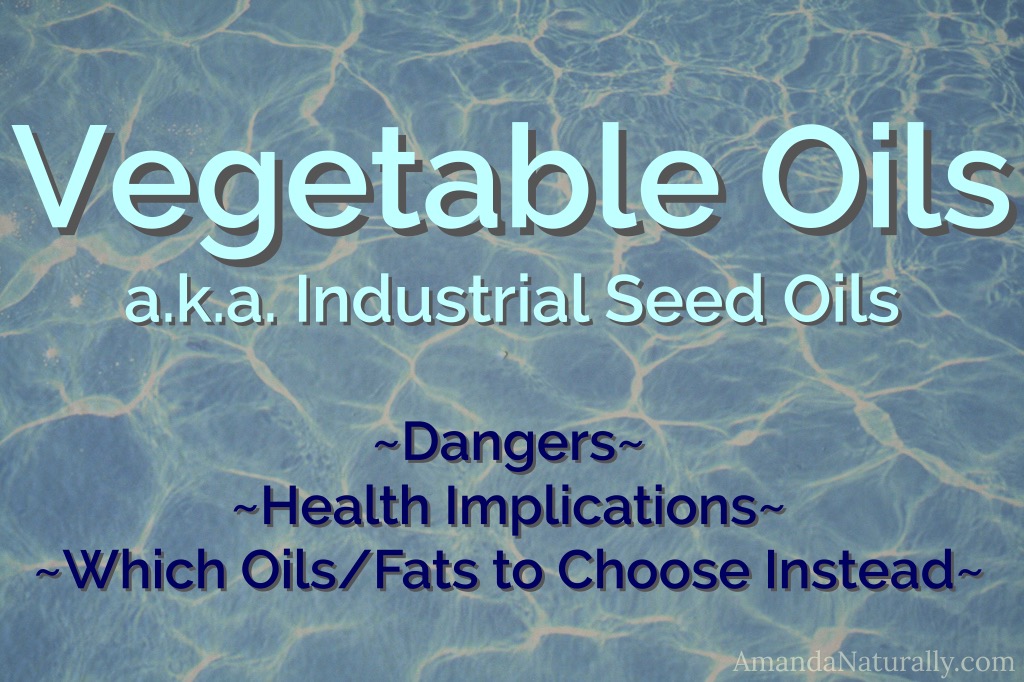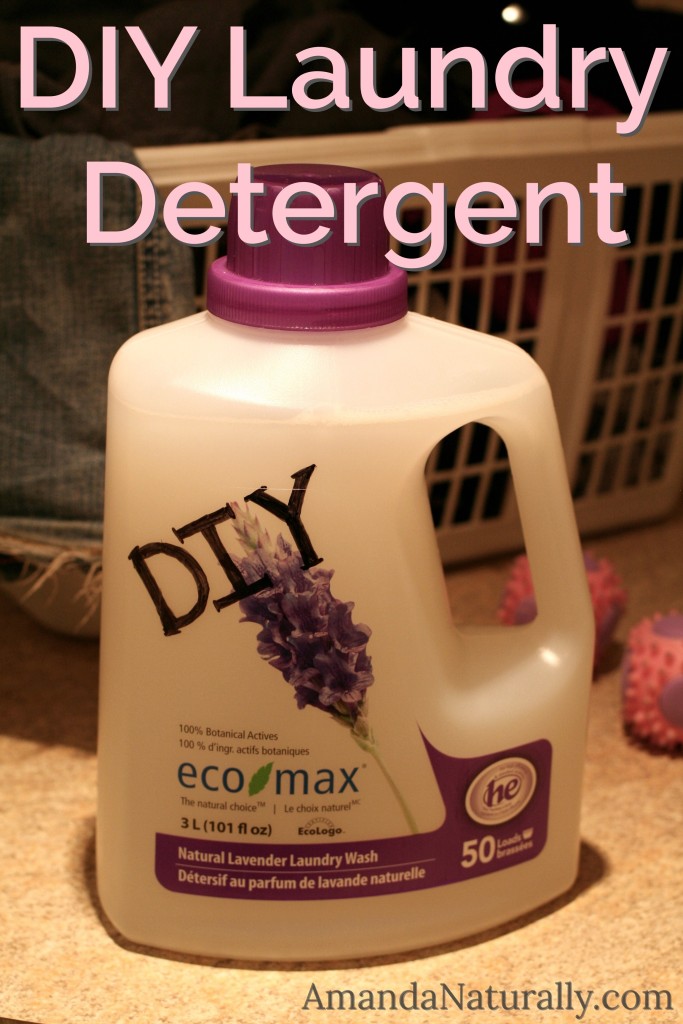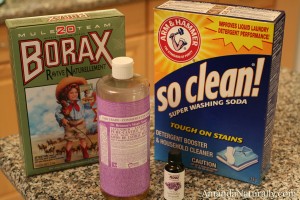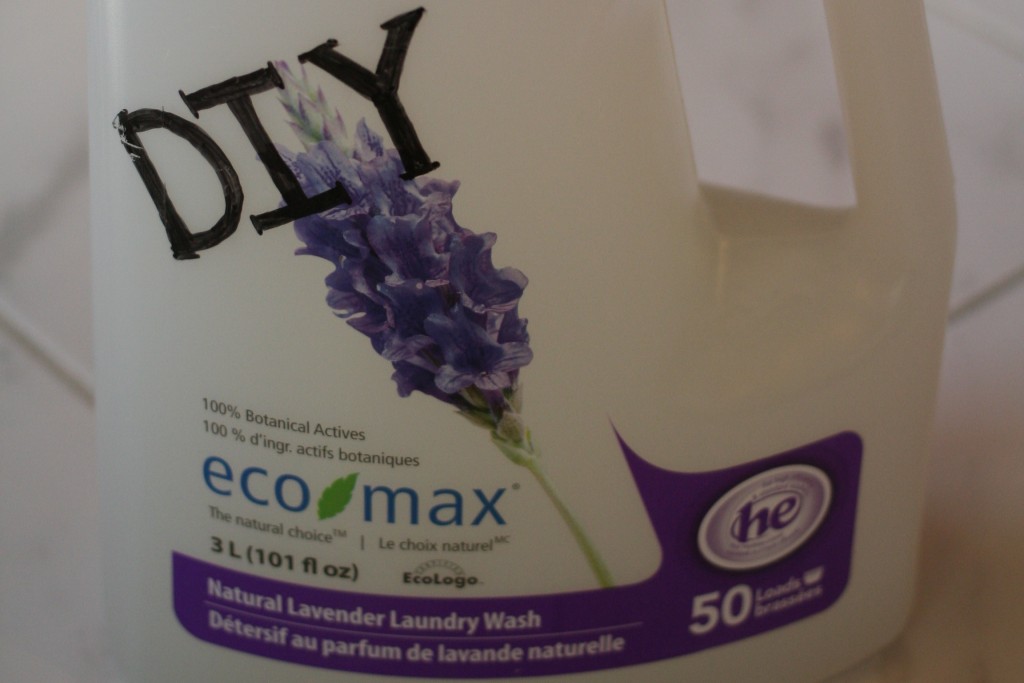
One of the biggest concerns with the current nutrition recommendations are those revolving around fat consumption. Practitioners who are not up to date on current research still advise low-fat diets for weight loss and protection against heart disease. Not only is this information not substantiated by the medical literature, it is actually dangerous. We need fat to survive! It is the building blocks of our hormones, brain and cell membranes – without fat, we will die. It also delivers essential vitamins from our food to our bodies, so if we don’t consume fat we miss out on integral nutrients, and it keeps us full! Low fat diets should be named “hungry all the time diets…”. Luckily there is some movement towards consuming “healthy fats” albeit from plant-based sources, and while some plant-based fats (avocado, olive, coconut, nuts) definitely have health benefits, others are quite the opposite.
(SIDE NOTE: if you want to know about the events over the last century that got us into this vegetable-oil obsessed, fat/cholesterol-fearing mess, you must read Eat The Yolks by Liz Wolfe. Equal parts hilarious and informative, it takes a serious, in-depth look at the history of our current nutrition recommendations.)
What’s the Deal with Vegetable Oils
Well first of all, the term “vegetable oil” is a complete misnomer – although quite a smart marketing move. These oils do not come from vegetables. They come from canola seeds, sunflower seeds, corn kernels, safflower seeds, cottonseeds and soybeans that have been highly processed and treated with chemical solvents to extract oils.
Let’s think about this – if you were to take an olive and squeeze it through a press what would happen? Some oil would drip out! Now if you were to take a kernel of corn, or a soybean and do the same thing, then what? Nada. No oil drips out. So how do they actually get oil out of something like a canola seed? This step-by-step direct from Diane Sanfilippo explains perfectly:
Rapeseeds + high heat processing with hexane (a chemical solvent) = a grey, awful smelling, non-smooth oil.
> grey, awful smelling, non-smooth oil is then chemically bleached and de-gummed
> bleached and de-gummed, awful smelling oil is then chemically deodorized
> bleached, de-gummed, chemically deodorized oil is then dyed yellow and bottled in plastic
Full details of the process (which originated in 1980 btw) found here.
It’s also important to consider that many of the seeds used are genetically modified (soy, canola, cottonseed, corn) and heavily sprayed with pesticides which is a concern both for our health and the health of the planet.
Smoke Point vs. Stability of Fat
One of the claims made to support consumption of vegetable oils are that they have a high smoke point. Unfortunately smoke point is not the whole the picture. What really matters is whether or not the fat in question is stable. What dictates stability? Well that’s simple – it’s a matter of biochemistry!
Stable fats resist oxidation (ie. damage) by the main culprits oxygen, light and heat. Unstable fats are highly susceptible to oxidation. (note: smoke point is the temperature at which oxidation occurs – so it is just one part of the puzzle. High smoke point oils can still be very susceptible to oxygen and light.)
Oxidation of fats, means a double bond on the fatty acid chain has been broken, which changes the chemical shape of the fat and can release volatile byproducts. In order to resist oxidation, there needs to be little to no spaces for oxygen to disrupt bonds within the fatty acid chain. So the most stable fats have the fewest (or zero) spaces available for disruption. Which fats are those? Luckily the science is very clear on this:
Saturated Fats – by their very nature have no double bonds available for oxidation. Every single carbon molecule is fully saturated with other carbons and hydrogens. There are no double bonds present – that is the definition of a saturated fat.
Unsaturated Fats – the term unsaturated indicates at least one double bond is present. That means there is at least one opportunity for oxidation.
- Monounsaturated Fats – one double bond is present
- Polyunsaturated Fats – more than one double bond is present
Trans Fats – polyunsaturated fats that have been hydrogenated, a process which bombards fats with hydrogen atoms to break up double bonds, changing the consistency from oil to semi-solid. In the process the shape of the fat is completely changed, leading to trans fats which, while less likely to spoil, interfere with thousands of essential chemical reactions in the body. Trans fats have been removed from the FDA’s list of “generally recognized as safe” and are being phased out of production. Trans fats have been shown to harden arteries and increase the risk of heart disease and type 2 diabetes.
So then based on the biochemistry of it all, we should be using saturated fats when oxidation is at risk – ie. exposure to light, heat and oxygen. We should be careful when using unsaturated fats, and very, very cautious about polyunsaturated fats.
NOTE: You can actually experience this first hand by doing the following experiment:
Take a bottle of canola oil, leave it open on the counter for a week. Then go ahead and smell it. It will smell rancid or “off”. You will instantly be able to tell!
Do the same experiment with a bottle of coconut oil, butter or ghee. No change in smell whatsoever. Because the fats found in these oils are stable and not nearly as susceptible to oxidation.
Why Is This A Problem?
- Vegetable Oils = Inflammation. And inflammation is the root cause of every single disease our society is facing right now. (personal aside: if I consume vegetable oils, the next day I have global inflammation of my joints, also known as arthritis – I can’t take my rings off, opening jars become challenging and even climbing stairs is uncomfortable)
- Unstable (polyunsaturated) fats are incorporated into cell membranes, in lieu of stable (saturated) ones. When this happens, everything starts to fall apart. When I was in high school we learned that the nucleus was the “brain” of the cell, and the cell membrane was simply a fluid wall that held the cell together. By the time I finished university there was a major paradigm shift. The scientific community had learned that the cell membrane is actually the “brain” of the cell. It communicates with the environment; directs the action within the cell; determines what’s allowed in and out; and communicates with surrounding cells. So if the cell membrane is working well, it can talk to it’s neighbouring cells properly, making the group of them work well together. Healthy cell membranes = healthy cell communication = healthy tissues = healthy organs = healthy systems = healthy bodies.
- Omega-6 (inflammatory) fats are incorporated into cell membranes, instead of omega-3 PUFAs. Omega-3 PUFAs found in seafood and to a lesser extent grassfed beef, liver and pastured egg yolks, are integral for maintaining fluidity of cell membranes as well. Additionally they are responsible for maintaining an anti-inflammatory environment in the tissues. Too many omega-6 fatty acids (which are especially high in plant-based PUFAs) displace omega-3’s in cell membranes, contributing to further destruction of cell membranes.
To sum this up neatly:
Vegetable oils are highly unstable and prone to oxidation. Consumption leads to chronic inflammation, which can lead to chronic disease. Consumption also leads to a significant decrease in cell membrane integrity, resulting in poor functioning of cells, tissues, organs, systems and bodies.
Food Forms of Fats
Most fats that we consume are a combination of saturated, monounsaturated and polyunsaturated fats, however there is usually a dominant fat present, so I will classify the fats below based on their dominant fat.
Saturated Fats (great for cooking) – coconut oil, palm oil, butter/ghee, lard/bacon grease (pork fat), tallow/suet (beef fat) and duck fat (NOTE: animal fat must be sourced from properly raised animals – ie. grassfed, pasture-raised, or at minimum organic. Animals store excess toxins in body fat, so consuming conventional bacon fat is not a good choice. Not available? Stick with coconut oil.)
Monounsaturated Fats (use from cold to high heat, depending on the oil) – avocado oil, olive oil and macadamia nut oil
Polyunsaturated Fats (avoid, especially if heated or exposed to oxygen/light) – safflower oil, sesame seed oil, canola oil, vegetable oil, vegetable oil shortening, corn oil, soybean oil, grapeseed oil, margarine. To make matters worse many of these oils are stored in clear containers in the cupboard (or even worse, heated over and over again in deep fryers). Another PUFA – fish oil – has explicit instructions to be stored in a dark bottle, in the fridge and never heated. Yet vegetable oils have the same chemical structure and are not treated this way.
Trans Fats (avoid at all cost) – hydrogenated or partially-hydrogenated fats, found in pre-made baked goods, processed foods and margarines. (NOTE: if the front says “no trans fats” but the ingredient list indicates hydrogenated or partially-hydrogenated fats, the food product contains trans fats. Simple as that. The only reason they can say “no trans fats” is it contains less than 0.5g per serving – but if you eat multiple servings, which most of us do, you’re definitely being exposed to larger amounts of trans fats than advertised.)
For a complete breakdown of each fat, and for a handy print out, check out this Guide To Cooking Fat from Diane Sanfilippo.
Wait, are you saying to eat animal fat?
YESS!!!
But, but, but – my arteries and heart disease and stroke and…..
Good news my friends, there is no evidence supporting the correlation between consumption of animal fats and heart disease and stroke.
- Saturated fat is not dangerous. The unsubstantiated idea that saturated fat causes heart disease is still being propagated within the health community, despite the fact that the medical literature does not in fact support this claim.
- In 2010 meta-analysis was published in the American Journal of Clinical Nutrition. The researchers looked at 21 previous studies involving 350,000 subjects for periods ranging from 5 to 23 years. They concluded that “…there is no significant evidence for concluding that dietary saturated fat is associated with an increased risk of CHD [coronary heart disease] or CVD [cardiovascular disease].”
- A study in Japan on 58,000 subjects found an inverse relationship between saturated fat consumption and deaths from stroke. So people with the highest consumption of saturated fat also had the lowest death from stroke.
- Saturated fat is stable and creates stable cell membranes. It does not feed into the inflammatory pathways the way vegetable oils do.
- Saturated fat can be used at high temperatures without being oxidized.
- Saturated fat, especially from animal sources, comes replete with 2 very important fat-soluble nutrients – vitamin A, D – that are deficient in most people’s diets. Additionally, grassfed butter carries vitamin K2, a vitamin that has had little to no attention until recently, and now is the centre of some of the most exciting research!
Okay, I’m sold. I’ll make the switch. But how do I know which fat to use when?
First of all, make sure you get rid of all of the vegetable oils in your house. The following is a list of both the obvious and the sneaky sources of seed oils:
- vegetable oil (obv!) – canola, corn, sunflower, safflower, soybean, cottonseed, grapeseed
- margarine – including earth balance, vegan margarines and “olive oil” margarines
- mayonaise – even “olive oil” mayo uses canola and/or soybean oil as it’s #1 ingredient, veganaise is included in this list too
- salad dressings – again, even the “olive oil” based ones all use vegetable oils
- packaged junk – chips (even “healthy” chips!), crackers, baked goods etc. most processed/prepared foods use vegetable oils because they’re cheap and shelf-stable
- gluten free and/or vegan treats – many of the so-called “healthy” treats use vegetable oils, especially if they’re catering to the vegan community. Sure vegetable oils and earth balance margarine are plant-based, but it does not mean they’re suitable for human consumption
- restaurants – practically every single restaurant out there cooks in canola and/or vegetable oil, so do your best to limit your exposure. There’s no way to 100% avoid vegetable oils, without abstaining from eating out, so instead avoid exposure whenever you can (especially in your house!) and when you do need to eat vegetable oils, increase your seafood intake for the next day or 2 to combat the inflammation
Here’s a list of what fat to use when:
High Heat (searing, high heat roasting, deep frying, pan frying, grilling) – coconut oil, palm oil, butter/ghee, animal fat (lard, tallow, duck fat, bacon grease) and avocado oil
Medium or Low Heat (sautéing, lower heat roasting) – olive oil, macadamia nut oil or high-heat oils
Low/no heat (finishing oils, mayo, salad dressings etc.) – walnut oil, macadamia oil, sesame oil
Baking – butter, ghee or coconut oil (if sensitive to dairy)
Salad Dressings – make your own with olive, avocado, walnut, sesame, macadamia oil
Mayonnaise – make your own with avocado oil or even better, bacon grease!
Chips – choose chips cooked in avocado oil (Boulder Canyon or Good Health brands), palm oil (Inka Plantain Chips) or coconut oil (Jackson’s Honest if you’re in the USA)
The fats that I have in my kitchen at all times are:
- Terra Delyssa olive oil (Costco)
- Chosen Foods avocado oil (Costco)
- Nutiva coconut oil (Costco)
- homemade ghee from organic (or grassfed if I can get it!) butter (health food store, Loblaws)
- rendered bacon grease (from my Sunday bacon cook up!)
- lard and/or tallow if I have it on hand (can be found at Fresh From The Farm in Toronto, or homemade if you have access to leaf fat either from a farmer, butcher or by purchasing part of or a whole hog / cow – great directions found in Beyond Bacon)
Conclusion
The moral of the story is to stick with the fats that humans have been consuming for thousands of years. Cold-pressed oils, rendered animal fats and butter. Avoid highly-processed, man-made fats that have only been brought into our food supply over the last few decades. Rest easy consuming properly-raised bacon and slathering grassfed butter on veggies – not only are you not going to clog your arteries but you are supporting healthy cell membranes and increasing absorption of essential nutrients! And above all, ditch the margarine and vegetable oil!!

 In the first 2 posts in this series, I discussed:
In the first 2 posts in this series, I discussed:
 Natural products (cleaning, personal care and food) are important to me. One of my number one goals is to always be working to reduce my toxic load. What does that mean? Well every day we’re exposed to gazillions of toxins from things like:
Natural products (cleaning, personal care and food) are important to me. One of my number one goals is to always be working to reduce my toxic load. What does that mean? Well every day we’re exposed to gazillions of toxins from things like:
